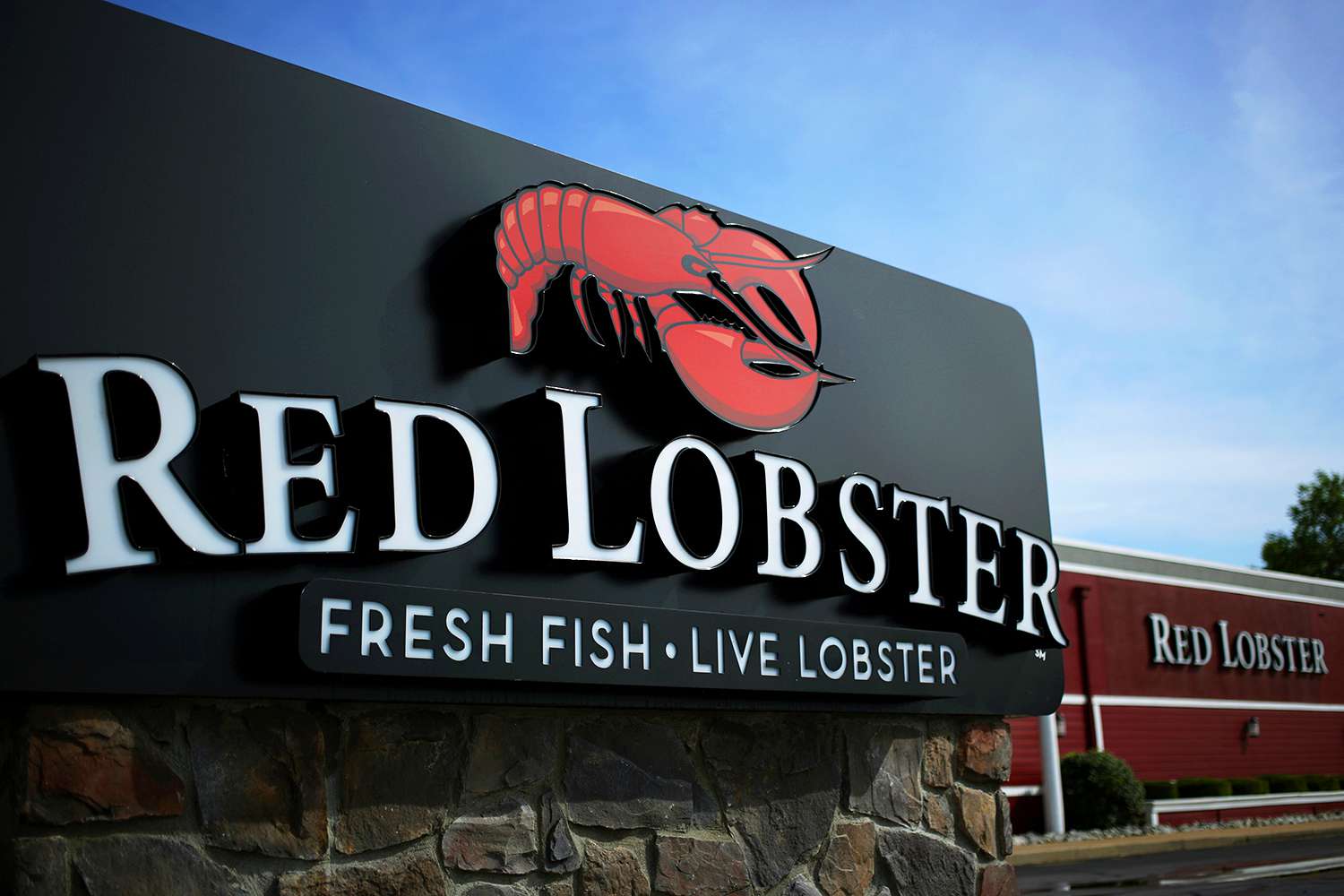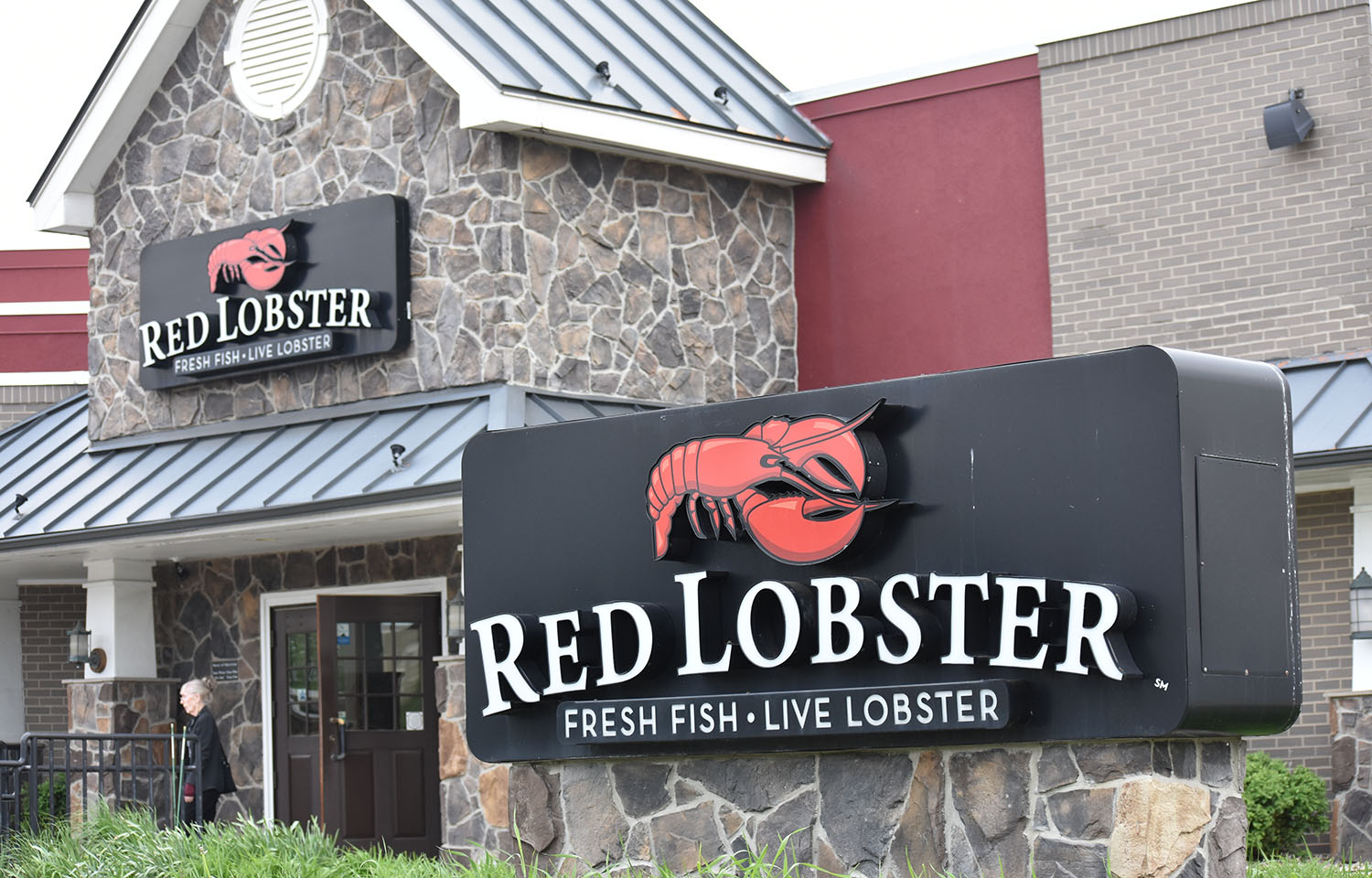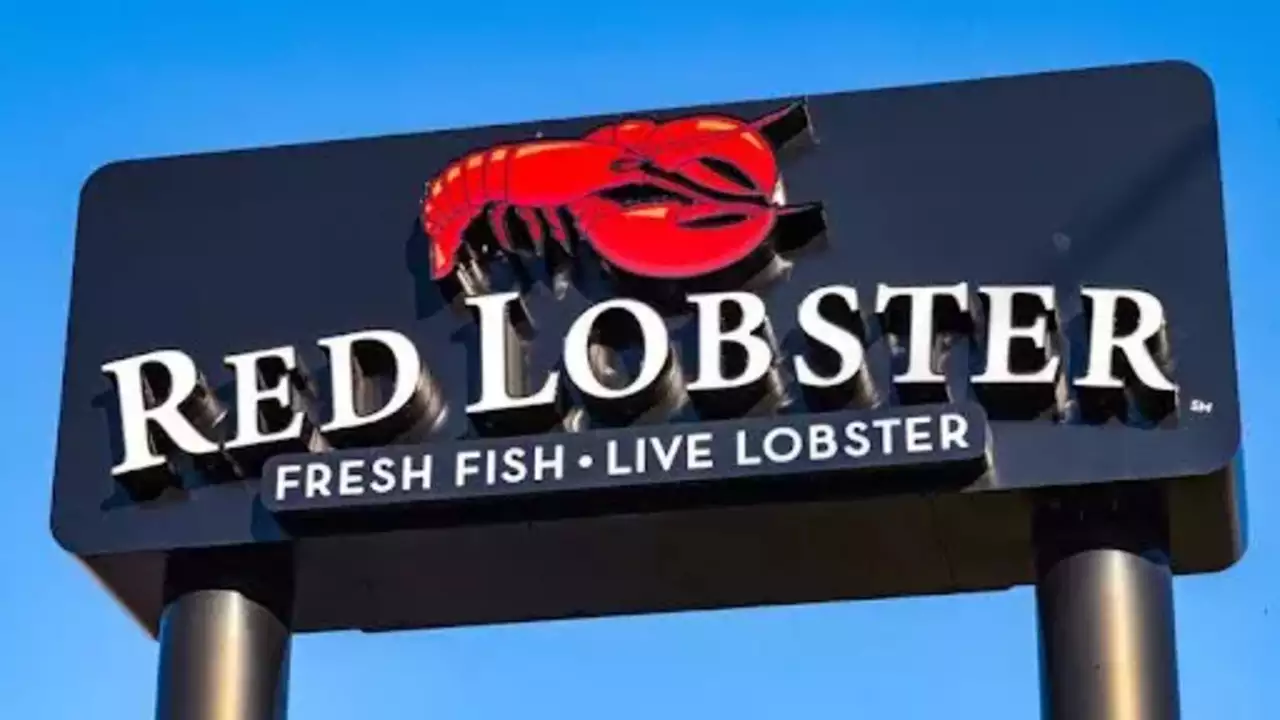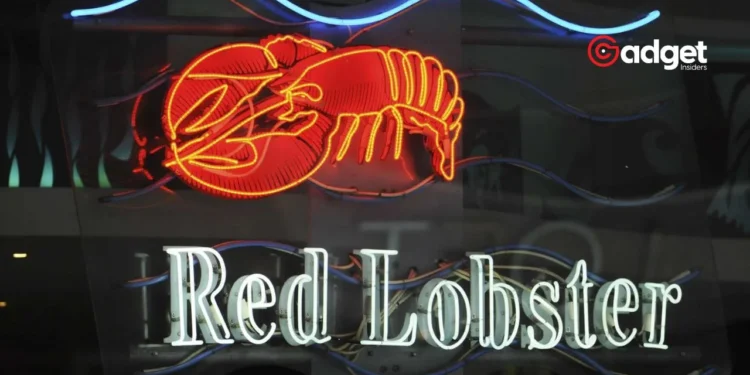Over the past few years, the restaurant industry has faced an unprecedented series of challenges and Red Lobster is an example. Initially hit by the COVID-19 pandemic, which forced many dine-in establishments to close temporarily or adjust drastically, the sector has been in a constant state of flux. As restrictions eased, restaurants hoped for a return to normalcy, but for many, the reality has been far from optimistic.

The Struggle of Chain Restaurants vs. Independent Outlets
While numerous small-scale, independent restaurants have had to shutter permanently due to prolonged periods of inactivity, chain restaurants have experienced a different kind of turbulence.
Larger chains, with their extensive networks of locations, have struggled with the logistics of rapid adaptation. Initially slow to pivot away from traditional dining models, they have had to innovate rapidly under pressure, often with mixed results.
Red Lobster is seeking a buyer as it looks to avoid filing for bankruptcy, CNBC has learned. https://t.co/1h4CgSaq7I
— NBC News (@NBCNews) April 26, 2024
Red Lobster’s Strategic Missteps
Among the notable chains facing dire financial straits is Red Lobster, renowned for its seafood and signature cheddar biscuits which have garnered a near cult following online. In a bold move to increase foot traffic and revitalize its operations, Red Lobster launched the “Ultimate Endless Shrimp” promotion in 2023.
Initially priced at $20, the offer allowed customers to indulge in unlimited servings of dishes like Garlic Shrimp Scampi and Shrimp Linguini Alfredo. Despite subsequent price increases to $22 and then $25, the promotion did not achieve its goal of boosting patronage significantly.

“The idea was to bring more traffic into the restaurants,” explained Ludovic Regis Henri Garnier, CFO of Thai Union, during the Q3 earnings call. “We knew the price was cheap, but it didn’t work.” The failed strategy resulted in a staggering $11 million operating loss for the quarter.
Navigating Financial Turmoil
As Red Lobster’s financial woes deepened, Thai Union, its parent company, announced plans to divest from the seafood giant, citing “negative financial contributions to Thai Union and its shareholders.”
With bankruptcy rumors swirling, Red Lobster is reportedly considering filing for Chapter 11 to alleviate some of its financial burdens. This legal maneuver could potentially allow the company to terminate costly leases and restructure debts more favorably.

Despite these efforts, the future remains uncertain. Red Lobster has been actively seeking a buyer to take over the business, although no definitive agreements have been reached. The failure of initial discussions with a potential buyer has only compounded the uncertainty surrounding the chain’s fate.
The Uncertain Future of Dining Out
As Red Lobster navigates these choppy waters with the aid of commercial law firm King & Spalding, the broader restaurant industry watches closely. The outcome of this saga may well serve as a bellwether for other chains grappling with similar issues in this new, unpredictable landscape of dining.
Red Lobster’s story is a stark reminder of the delicate balance required in pricing promotions, customer engagement, and financial management.
As the industry continues to evolve in response to changing consumer behaviors and economic pressures, other restaurants may find themselves learning from Red Lobster’s challenges to better navigate their own courses through these uncertain times.










